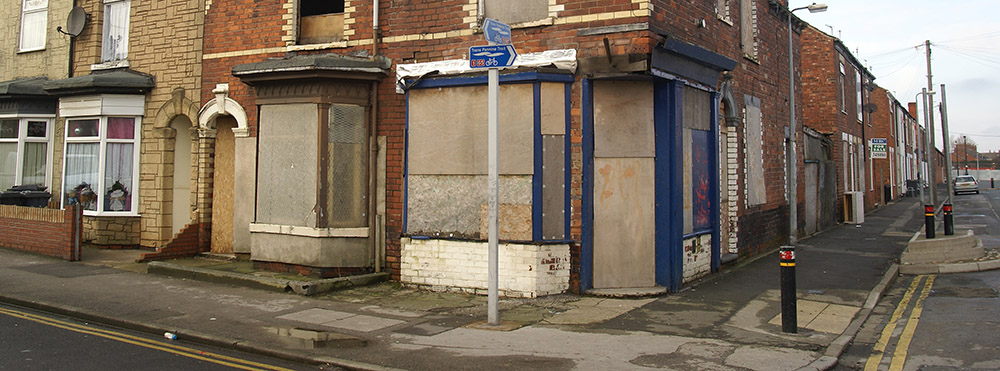
By Scott Hampel
Many challenges face healthcare’s underserved. There are issues with food, housing, reliable transportation, steady employment and more.
Each contributes to and is one element of social determinants of health (SDH). In communities around the world, public and private organizations are taking steps to address SDH-related issues and challenges that negatively impact healthcare.
For the healthcare industry to find its way to new and innovative SDH programs and to identify those who may benefit, they must be found. While some organizations use referrals following face-to-face meetings with prospective program members, predictive analytics can be utilized to identify many potential enrollees quickly and efficiently, as well.
The data could come from a variety of healthcare or socioeconomic sources
“Analytical capabilities in healthcare can be used to identify patterns of care and discover associations from massive healthcare records, thus providing a broader view for evidence-based clinical practice,” according to an article published in Technological Forecasting & Social Change. “Healthcare analytical systems provide solutions that fill a growing need and allow healthcare organizations to parallel process large data volumes, manipulate real-time, or near real time data, and capture all patients’ visual data or medical records. In doing so, this analysis can identify previously unnoticed patterns in patients….”
Predictive analytics uses a large dataset and an algorithm to, in this instance, identify people who may benefit from help. The data could come from a variety of healthcare or socioeconomic sources, including healthcare facilities and community organizations, and might contain information about:
- Wellness
- Chronic conditions
- Food
- Transportation
- Billing codes
The nonprofit eHealth Initiative identified data as crucial to understanding SDOH. “The importance of SDOH data in contributing to the complete picture of individuals and communities cannot be underestimated,” according to the organization.
An issue, however, is the slow adoption of predictive analytics in the healthcare industry. “(R)ecent developments in data analytics also suggest barriers to change that might be more substantial in the health care field than in other parts of the economy,” according to an article published by Brookings. “Despite the immense promise of health analytics, the industry lags behind other major sectors in taking advantage of cutting-edge tools.”
Get our take on industry trends
Helping Accountable Care Organizations Navigate the Perfect Storm
In the ever-evolving landscape of healthcare, Accountable Care Organizations (ACOs) find themselves at the epicenter of a transformative era. Recently,…
Read on...Navigating the Medicare Landscape: Implications of the Latest Rule Changes for Healthcare Organizations
The Centers for Medicare & Medicaid Services (CMS) has recently unveiled significant proposed changes to Medicare Advantage (MA), Medicare Prescription…
Read on...Introduction to social risk: What healthcare leaders need to understand
‘Social determinants of health’ has been a common phrase for decades now, but the term social risk is much less…
Read on...AI is your new crystal ball: How predictive analytics can reduce denials
The idea of having a crystal ball to better understand what claims will be denied is an awesome concept. But one we can’t rely on. Thankfully, we have predictive analytics to take the place of a crystal ball.
Read on...


